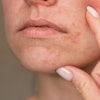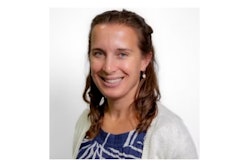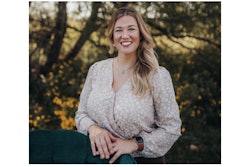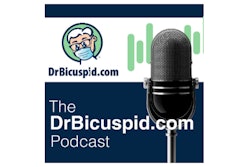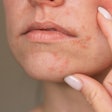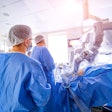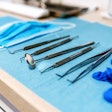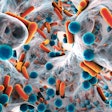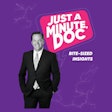Dear Dentists,
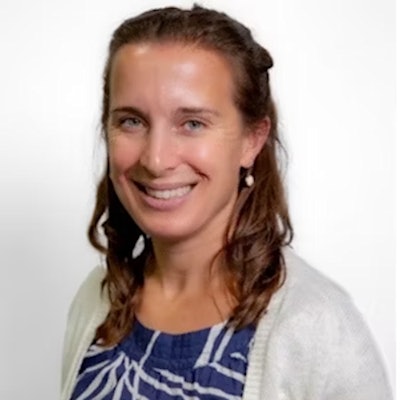 Tracee S. Dahm, MS, RDH.
Tracee S. Dahm, MS, RDH.
I recently saw that you have addressed the dental hygiene workforce shortage by allowing oral preventive dental assistants in select states to undergo 120 hours of training, enabling them to perform scaling on healthy patients in the dental operatory.
As a registered dental hygienist, I’m deeply concerned with your solution. I do not understand how you think it will solve the workforce shortage. I think you are disregarding and refusing to address a more significant problem. I want to know. I would like you to explain your plan to me so that I can understand it.
Who is designing this 120-hour curriculum? How are you deciding what is no longer critical knowledge when providing evidence-based dental care?
By determining that any oral preventive dental assistant can perform the same level of care as a registered dental hygienist (RDH) after 120 hours of training, you are disrespecting 100-plus years of experience and education. The profession of dental hygiene has been treating patients since 1906.
Since I’m not guaranteed a response from anyone, I wanted to guess what a curriculum condensed from two years of collegiate coursework -- about 2,900 hours -- into 120 hours might need to be eliminated to produce an effective candidate on the same educational standard. I believe that no information can be omitted to ensure the highest quality patient care.
After all, RDHs, regardless of where they attended school, must pass both a national written examination and a clinical examination. This ensures that all schools adhere to the same calibrated standards. Will your trained dental assistants take a final exam to test their new knowledge?
Within 120 hours, where will a dental assistant taking your coursework learn to perform a complete extra and intraoral exam? Do you realize that RDHs spend a few weeks learning to perform both exams to help identify various pathologies through palpation and visual cues?
Furthermore, RDHs spend an entire semester studying dental anatomy and pathophysiology to help them recognize uncommon lesions or changes on the outside of the face, including the lips, tongue, cheeks, floor of the mouth, and the back of the throat. With HPV and oral cancers on the rise in the population, a complete dental checkup includes this vital step. Having dentists and an RDH skilled in identifying both pathologies ensures a better chance of detecting abnormal conditions.
Now we can discuss the art of scaling. How would one learn this, even if they spent the entire 120 hours on just this subject alone?
While the public defines scaling as the “picking” portion of the visit (and tends to associate it with the “cleaning”), we hygienists know that when we provide care, we do far more than remove plaque from a patient’s teeth and brush afterwards.
Hygienists use specially designed instruments to intricately remove millions of bacteria from a complex community of biofilm and hardened mineral deposits. As dentists, you expect to perform your job using the specific tools that you spent several semesters learning about in dental school.
We dental hygienists do the same. Recognizing that our instruments can cause damage to the teeth and gums if they are misused, we dedicate a considerable amount of time to learning their proper use. We wouldn’t ask you to treat a cavity with less education and training, but somehow, it’s OK for our job.
Will an oral preventive assistant receive education so they can help guide a patient with their oral home care aids? What if a patient wants to know what they should purchase to help care for their teeth and gums? What if a patient wants a demonstration of using a specific aid?
RDHs spend part of their college curriculum learning about dental materials and the types of oral home care aids that should be used. We’ve all entered the dental hygiene aisle of a store, only to be overwhelmed by the numerous choices of floss, mouthwash, toothpaste, and toothbrushes.
Dental hygienists aim to help patients prevent and manage dental diseases in their mouths. We want our patients to reach their health goals, and we tailor their oral care to their specific needs. I hope your 120 hours of training will enable oral preventive assistants to answer their patients’ questions effectively.
Finally, the idea that trained oral preventive dental assistants would only work on “healthy” dental patients makes me pause and wonder. Who will take the time to diagnose the oral health status of these patients?
An RDH is educated to provide an overall oral assessment of their patients, helping to determine the type of care each patient needs. Wouldn’t you need more staff if you no longer have an RDH to help with this?
A dental assistant could not begin with scaling the patient; they would have to wait for a diagnosis from the dentist on the patient’s state of health. Furthermore, I do not see how treating only “healthy” patients will increase the number of scheduled patients in a dental office.
Science has proven that dental cavities and periodontal disease affect large segments of the entire population, almost 95%. These bacteria, which cause cavities, fungal infections, and periodontal (gum) disease, are adept at hiding in hard-to-reach areas of the mouth. They will adapt if left untreated appropriately.
During the COVID-19 pandemic, we witnessed the consequences for patients who missed routine dental hygiene appointments. Some patients came back within a few months with numerous oral problems.
If a patient is truly “healthy,” I would bet that they comprise about 5% to 10% of the dental office’s or clinic’s patient population, hardly a dent in the schedule. What truly makes my heart ache is that the underserved populations probably have missed routine dental care, and thus, they most likely would not have a "healthy" diagnosis. Hence, oral preventive assistants will not provide more access to care for those who need it most. They cannot receive treatment from a preventive assistant -- the underserved still need an RDH.
I just wanted to let you know that this letter is not meant to disparage the work of dental assistants. A career as a dental assistant is an excellent and much-needed choice. I have many friends who are dental assistants from diverse backgrounds working in various states across the country. I would never think that I could perform their job.
I'm writing to ask you some questions about the design of this new role and to remind all dental professionals and the public of the importance of an RDH in treating and caring for their patients. I encourage anyone concerned after reading this letter to ask their dentist these questions about who will be treating them at their next dental appointment.
Sincerely,
- A very concerned dental hygienist
Tracee S. Dahm, MS, RDH, is an adjunct clinical instructor for the North Idaho College School of Dental Hygiene in Coeur d’Alene, ID. She also works in private practice. Dahm has published articles in several dental journals, magazines, and a textbook. Her research interests include trends in dental hygiene and improving access to dental care for the underserved. She can be reached at [email protected].
The comments and observations expressed herein do not necessarily reflect the opinions of DrBicuspid.com, nor should they be construed as an endorsement or admonishment of any particular idea, vendor, or organization.



